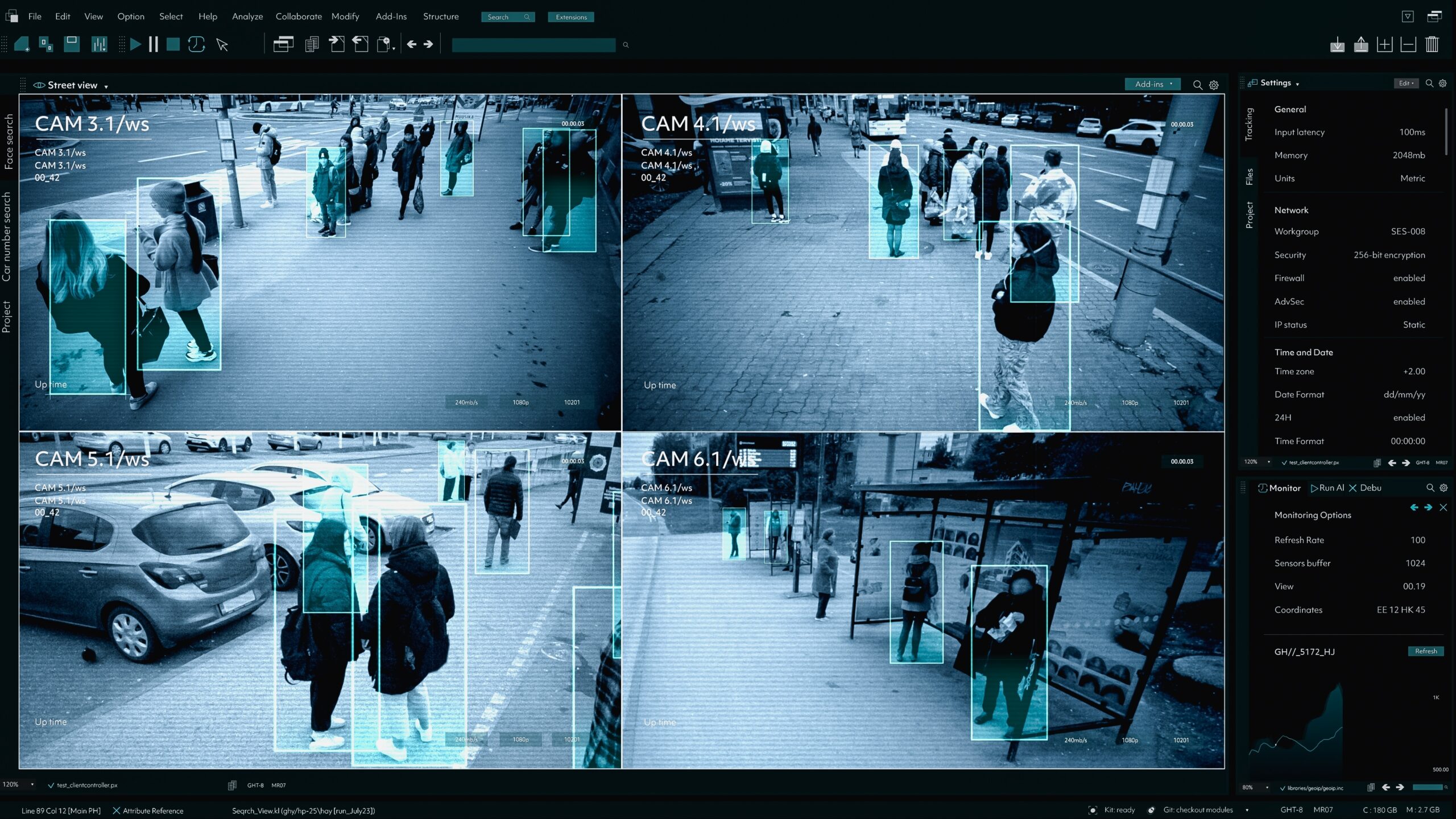Banning Strip Searches While Keeping the Status Quo in Brazilian Prisons
On April 2, 2025 the Brazilian Supreme Court decided that strip searches of prison visitors were unconstitutional except in “exceptional circumstances.” The decision is one step in the direction of reducing the mental and physical health impacts of prison on incarcerated people and their families.

Published
Author
Share
On April 2, 2025, the Brazilian Supreme Court decided that strip searches of prison visitors were unconstitutional except in “exceptional circumstances.” The decision is one step in the direction of reducing the mental and physical health impacts of prison on incarcerated people and their families.
Yet, it not only grants too much discretion to prison officials to determine what these “exceptional circumstances” are case-by-case, but it also fails to limit strip searches of incarcerated people, let alone ban the practice altogether. The decision showcases a Court willing to uphold human rights … as long as there are loopholes that can keep things as they are.
Most prison visitors in Brazil are women — partners and mothers, bringing letters, food, clothing, and hygiene items to incarcerated people. During these visits, family members are exposed to the inhumane conditions of prisons in Brazil, often overcrowded, violent, and unhealthy. Globally, exposure to a prison environment has been shown to harm the health and well-being of families, correlating with increased material hardship, depression and psychological distress, and cardiovascular risk.
Strip searches contribute to this dire experience. Visitors are told to undress in public, squat over a mirror, and open and contract body cavities while being inspected by state agents. Children are also impacted. In a 2012 ethnographic account, Godoi recounts the story of a 22-year-old woman who had to watch as prison guards inspected the naked body of her 6-month-old daughter during a visit to a São Paulo State prison.
Despite being banned in São Paulo in 2014 and in different states across the country, strip searching has persisted in many prison units. A 2021 report by CONECTAS (one of the amici curiae in the Supreme Court case), based on interviews with 471 family members of incarcerated people across the country, found that 77 percent were still subjected to strip searches in visits to prisons and 54 percent had witnessed their young children undergo the process. Incarcerated people also are subjected to the practice after visits as well, often at discretion of prison guards who might even delegate the search to other incarcerated people acting as their trustees.
The United Nations Standard Minimum Rules for the Treatment of Prisoners, commonly known as the Mandela Rules, asserts that searches to visitors and incarcerated people should not be degrading (nor applied to children), but respectful of individual dignity and privacy, never used to harass or intimidate. Moreover, intrusive or body cavity searches should be “undertaken only if absolutely necessary,” conducted in private and by trained staff of the same sex as the person searched, while prison administrations should be encouraged to “develop and use appropriate alternatives to intrusive searches.” The Bangkok Rules which complement the Mandela Principles, also recommend that alternatives to body searches, such as scans, should be developed and “replace strip searches and invasive body searches, in order to avoid the harmful psychological and possible physical impact of invasive body searches.”
The frequent and often unjustified use of strip searches, however, has been documented even in Global North countries such as the United States, Canada, Australia, Spain, France, England, and Wales. State authorities often justify its need on the grounds that it helps prevent contraband. But the limited evidence available showcases that the practice is ineffective. In a report published in 2019, the Western Australian government examined 900,000 strip searches, and concluded that most of them were not intelligence-led, but routine based, and highly ineffective – only 0.06 percent of them revealed contraband, less than one in every 1,500 strip searches conducted. In Brazil, data from the Sao Paulo Department of Corrections from 2010 to 2013 indicated that only 0.03 percent of visitors searched were found to be carrying contraband.
Nine years afterthe case first reached the Brazilian Supreme Court in 2016, the 2025 decision was well-received by activists, but not without skepticism. Although the Court condemned the practice, it allowed it “in exceptional circumstances,” such as when scanning is impossible or ineffective, provided there is substantial evidence of contraband, assessed on a case-by-case basis. The Court did concede that the search should happen only in people at the age of majority and capable of consent.
But the exception leaves room for states to continue the practice, given the power imbalance between visitors, people incarcerated, and correctional staff. The ruling signals that the Court supports human rights protections so long as strategic exceptions remain available when deemed necessary by law enforcement.
This qualification has often been a feature of other major cases of incarcerated people’s rights in the country. In 2014, the Court declared the Brazilian prison system under “an unconstitutional state of affairs” due to its inhumane practices, but never committed to structural reform. Since 2014, moreover, the number of incarcerated people in the country has consistently increased, making Brazil home to the third-largest prison population in the world.
In similar decisions, the Brazilian Court decided that pregnant women and mothers under pre-trial detention, or people under higher health risks during the COVID-19 pandemic, should be granted early release or house arrest. Yet, in each decision, a back door was opened: Individuals must not have committed violent or threatening crimes, categories to be defined by lower courts in a case-by-case manner. In an opinion article published during the pandemic, a Supreme Court justice metaphorically summarized this ethos: judges prescribing too high a dose of so-called ‘humanitarian recommendations’ could eventually ‘kill society and its values, creating a severe risk to public safety.’”
In the strip search case, the Justice who led the Court to adopt the exceptions raised a similar concern: In his opinion, Brazil’s prison system was too deficient to prohibit strip searches entirely — there were too many visitors and not enough infrastructure to ensure public safety without them.
Recent scholarship has examined the ways the Court decided prison rights’ cases during the COVID-19 pandemic, and argued that rights’ exceptions that allow case-by-case discretion are used by the Court to strategically manage its docket while ensuring lower courts can comply with its precedents, whether by applying the rule or invoking its exceptions. Yet practical justifications should not shield the Court from the moral weight of permitting serious human rights violations — especially when incarceration and exposure to prison environments can, and often do, cause serious harm, as the Court itself has previously recognized and deemed unconstitutional.


